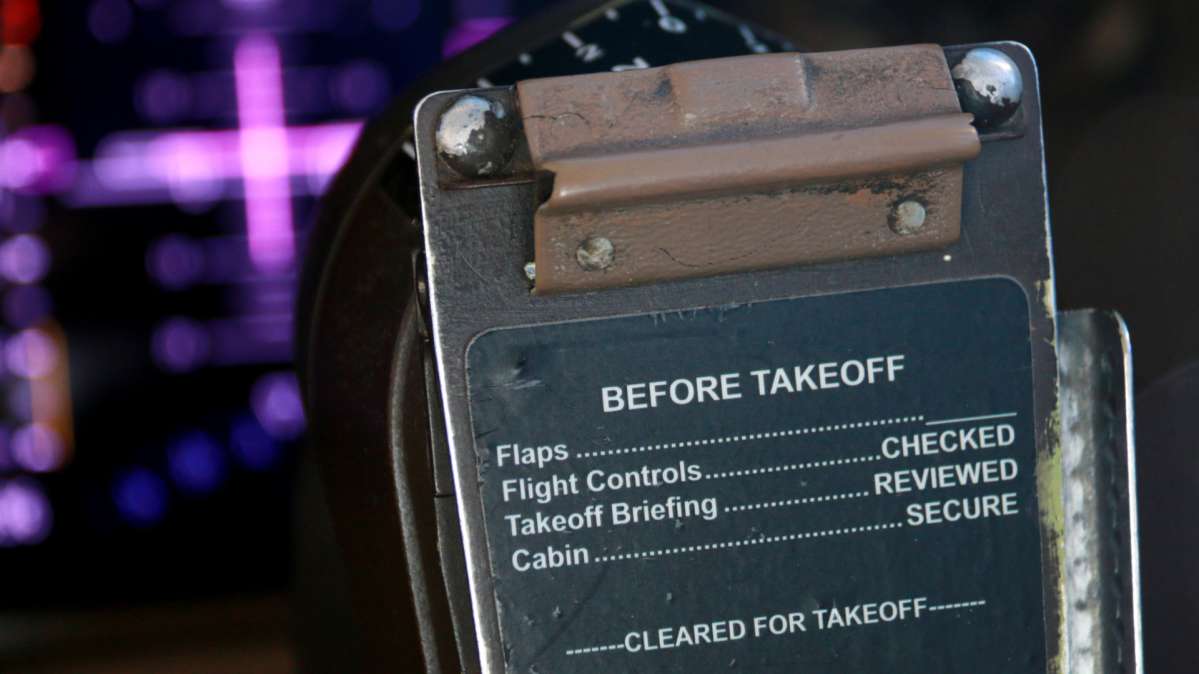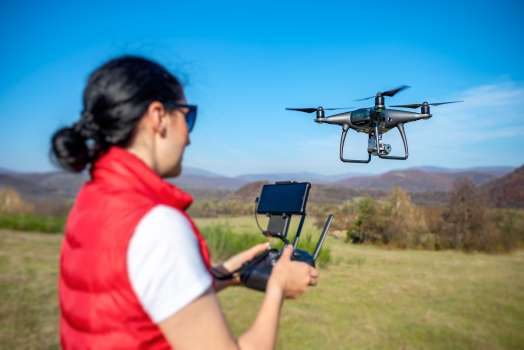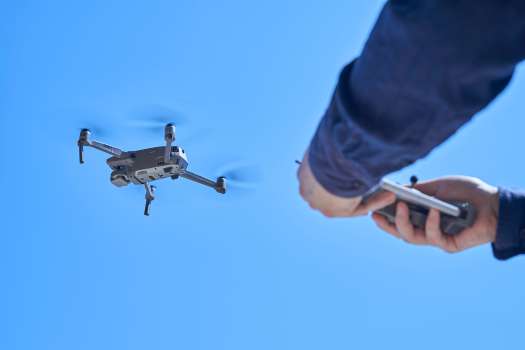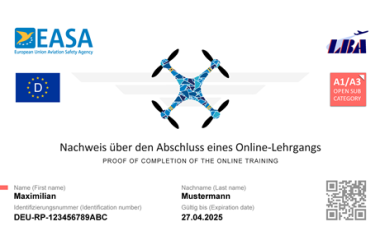EU drone regulation
Uniform rules for the use of drones (unmanned aircraft systems, UAS) apply in all EU countries. These are defined in the European drone regulation. It distinguishes – depending on weight (mass) and performance – between three categories, three subcategories and four risk classes. Detailed information on the EU drone regulation as well as an overview of the current regulations in Germany are provided by the German Federal Office of Civil Aviation (LBA) in the German language.
German Federal Office of Civil Aviation (LBA) (in German only)





